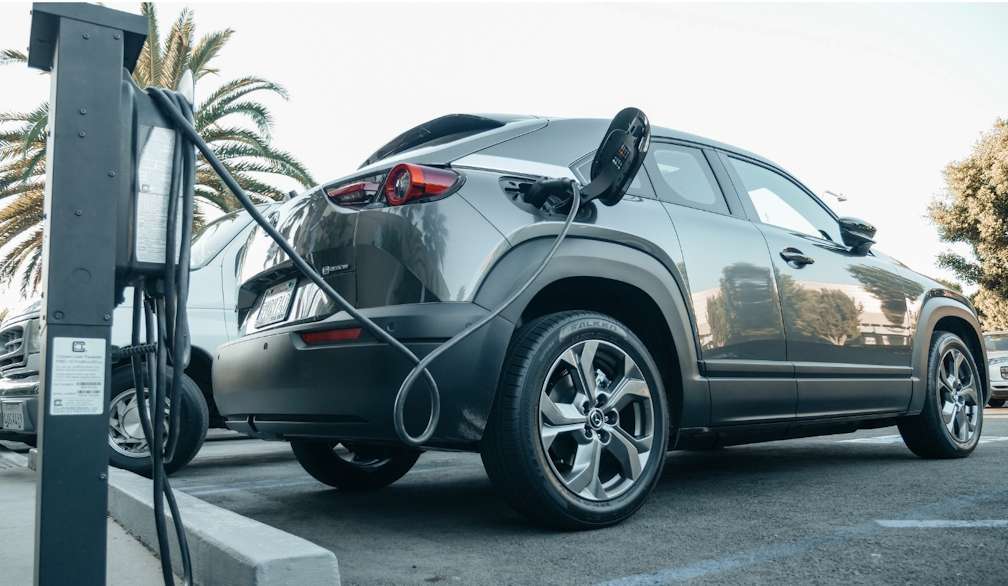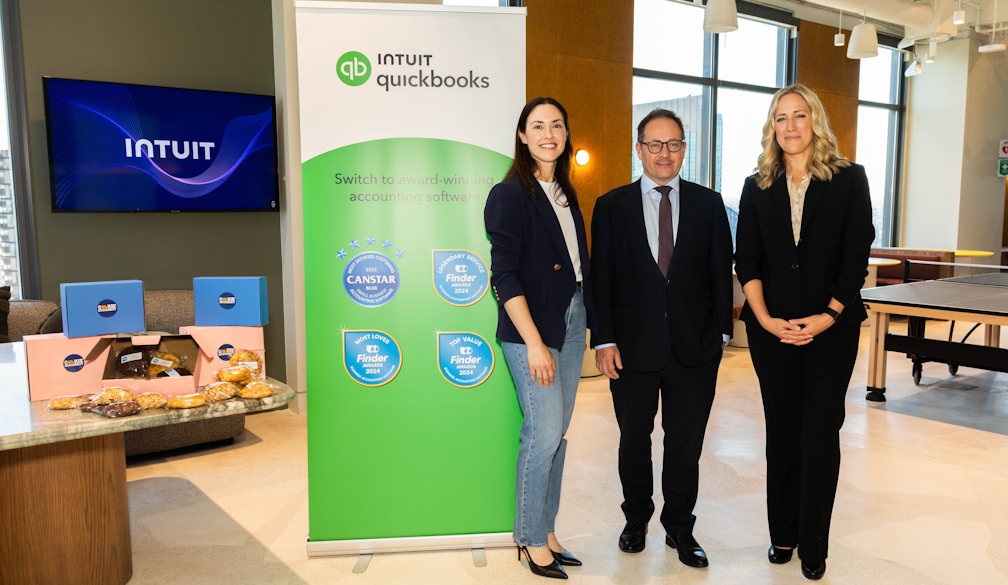With inflation still rising, the RBA will almost certainly lift interest rates in February
- Written by Isaac Gross, Lecturer in Economics, Monash University
Interest rates are almost certain to rise again in February, after the latest Consumer Price Index figures showing inflation hit 7.8% in 2022 – its highest rate in 33 years.
The data from the Australian Bureau of Statistics shows a 1.9% increase in the CPI in the December quarter. Combined with the strong increases in the first nine months of the year, inflation in 2022 was at the highest rate since March 1990.
This reflects a post-pandemic spend-a-thon. Domestic holiday travel and accommodation rose 13.3% over 2022, while international holiday travel and accommodation rose 7.6%. Rents increased by 4%. Power bills increased by 8.6%.
While these price rises were particularly large, the rise in inflation has been quite broadly based. The ABS survey shows the price of 87% of all goods and services increased by more than 2.5% – which is where the central bank generally likes to keep price increases.
The annual change is a touch lower than the Reserve Bank of Australia’s upper forecast of 8% issued in November last year. But it still remains well above the central bank’s target band of 2-3%.
Measures of underlying inflation, which strip out the impact of unusually volatile sectors, also came in at record highs. The trimmed-mean inflation rate (which excludes the 15% of fastest growing and the 15% growing slowest growing prices) was 6.9%, higher than forecast in November. The weighted median price, another measure of underlying inflation, rose by 5.8%.
All of these statistics paint a clear picture: prices are increasing apace in every part of the Australian economy.
What this means for the RBA
This all but guarantees the RBA board will increase interest rates by 0.25 percentage points at its next meeting, on February 7, and likely several more times in 2023.
To fulfil its mandate to keep inflation between 2% and 3%, the bank must further reduce aggregate spending in the economy – principally through lifting the interest rates.
The rationale is that higher rates will encourage households to spend less and save more. A higher cash rate will also make the dollar more valuable as it encourages people to hold Australian dollars. This will help make imports cheaper than they otherwise would be.
It will also, of course, feed into higher loan repayments for households with a mortgage. This will take more spending power out of economy and suppress house prices as the amount of money borrowers can afford falls. Higher mortgage repayments will also cut into household spending, which should help to bring down inflation over 2023.
Read more: A brief history of the mortgage, from its roots in ancient Rome to the English 'dead pledge' and its rebirth in America[1]
More than 25 basis points?
There remains an outside chance the RBA will go harder than a 25-basis-point increase and return to the 50-basis-point increases delivered in June, July, August and September of 2022.
This is unlikely but cannot be ruled out, given the rate of inflation and the current strong state of the labour market. The official unemployment rate of 3.5% is a record low and a sign of the economy’s strength – one able to handle higher interest rates without plunging into recession.
While economists still expect inflation to have peaked, the pace at which it will then fall is still an open question.
If rents continue to rise or wage growth picks up, it’s possible CPI will continue to rise. This would almost certainly result in the RBA lifting rates.
The more optimistic scenario involves inflation falling more quickly, as is already happening in the US.
Read more: Global recession is increasingly likely. Here's how Australia could escape[2]
If the rate of inflation starts to fall more quickly towards the 2-3% target band then the RBA will not need to increase interest rates by quite as much.
Fortunately inflation expectations remain largely in check. This means Australia should avoid a costly recession as the RBA lowers the inflation rate back towards the target band.
One clear takeaway from 2022 is that there remains a large degree of uncertainty in the outlook of the economy. That means policy makers will have to remain flexible when setting macroeconomic policy, ready to hike or cut interest rates as Australia’s economy changes.
References
Authors: Isaac Gross, Lecturer in Economics, Monash University













